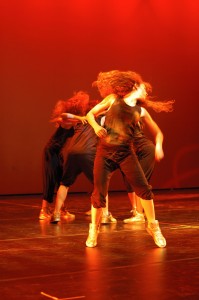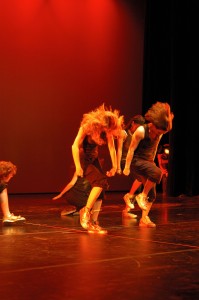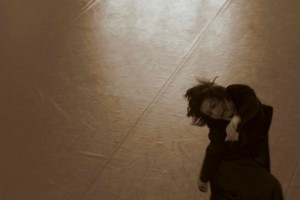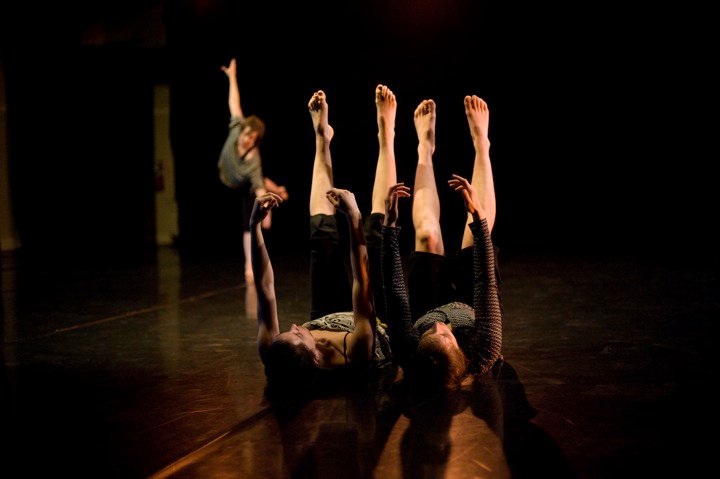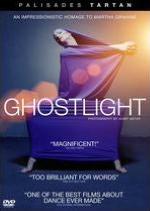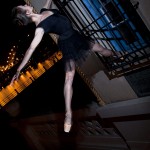by Ashley David
Until about two years ago, dance meant taking class at my small studio, preparing for the Nutcracker, participating in dance competitions and practicing for the annual recital. However, I was unsure whether I wanted to dance or not after I graduated high school because I was always told dance was just a “hobby” and not something that I could pursue as a career.
I applied to various schools, some with dance programs and some without, but ultimately chose the University of Maryland, College Park, to pursue a communication degree in public relations. This was a sensible degree that would get me a “real job.” The entire first year of college I did not dance at all— the worst decision of my life. I went from dancing six days a week to nothing. I lost my creative outlet, stress reliever and passion. I realized during that time I needed to dance, so I added dance as a second major and began my journey in pursuing a B.A. in Dance at the University of Maryland, which I am still currently completing.
I had no idea what I was getting myself into and was skeptical I had made the right choice. The program was described as “modern” and I came from a ballet, tap, jazz, lyrical, contemporary and hip-hop background. I had taken what I dubbed as “weird” modern classes at various conventions, but it was never something I saw myself pursuing further in dance; yet here I was entering a college modern program that did not even require us to take ballet classes.
My schedule that first semester as a dance double major included modern, ballet (thank goodness it was an elective class) and improvisation—no jazz, no tap, no lyrical, no contemporary and certainly no hip hop. My very first day of modern class included things such as closing my eyes, grounding myself to the floor, breathing and focusing on tucking in my pelvis as I moved across the space in exercises.
Then I entered improvisation and we did the same thing! Except this time, I had to find and create my own movement. What was this?! I was in absolute shock and thankful I at least had ballet to look forward to as something familiar and normal to me. I spent many days that first semester crying over something my modern teacher said, or not understanding why the technique I had spent years and years developing did not seem as important in this program. Is that not what made a good dancer? I felt disconnected and not sure that I really belonged there. However, towards the end of the semester it all clicked. [Read more…]







